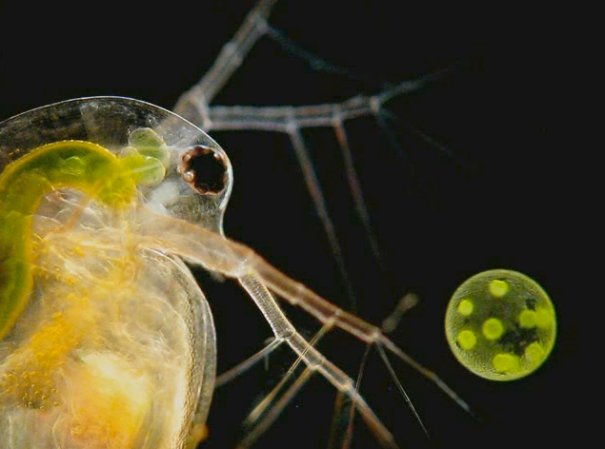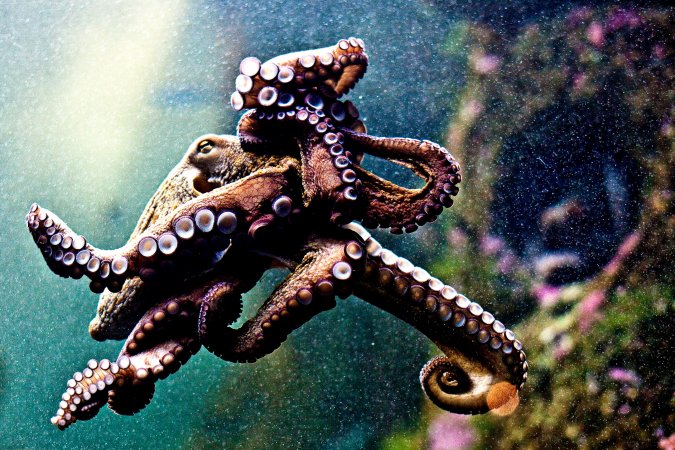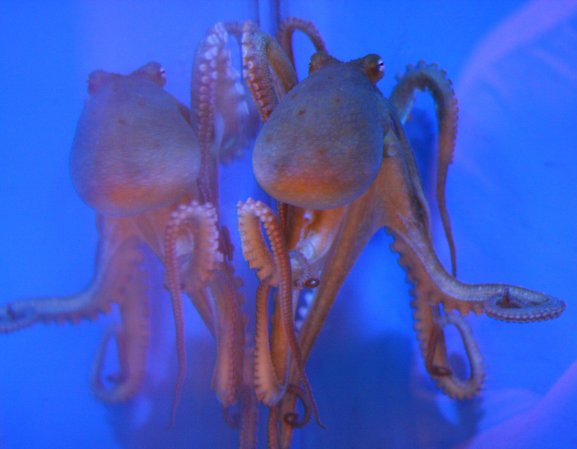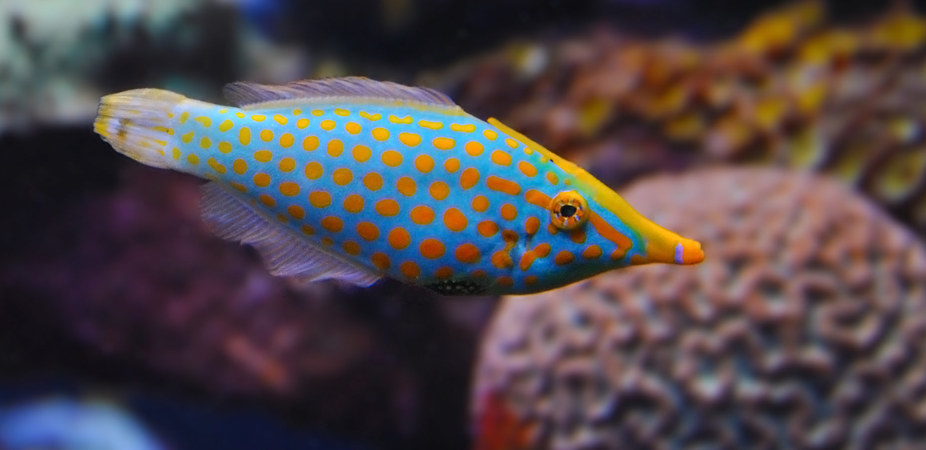You likely don’t know Roger Hanlon by name, but you may very well have been forwarded the video clip above in the past year–which means you know his research. Dr. Hanlon studies cephalopod camouflage. In addition to controlled experiments in his lab, he has been on thousands of dives following cuttlefish, squid and octopuses through their natural habitats. Using underwater digital video cameras, he and his team are able to capture the intricate physical patterns these animals display across their bodies when they want to go unseen.
By manipulating millions of tiny pigment-filled organs in their skin, cephalopods are able to disguise themselves in nearly any situation. While it may appear their abilities are limitless, Hanlon has reduced their capabilities to three basic categories: uniform color, molted patterns (to blend in where the terrain varies randomly), and disruptive patterning, for when they need to mimic large swaths of light and dark. When combined with slow, fluid movements to match the way the currents effect the plants around them, they quite literally disappear.
What has been especially valuable to his research is the advent of high definition video. In addition to recorded motion, he is also able to extract each of the thirty frames per second as its own two megapixel still image. To be able to study patterns at that level of detail has greatly aided in deciphering the animals’ code.
A few years ago, a short segment of that research made its way out onto the web. The video embedded in this post—”Invisible Octopus”—was leaked out onto YouTube in 2006 and has since seen well over a million views. It begins with an underwater shot of a mass of swaying coral. The camera moves slowly in until it’s nearly filling the frame, at which point an octopus suddenly appears, having been attached to the coral all along. It turns white, puffs itself out to full size and then jets away, leaving a cloud of ink in its wake. Watching the whole thing in reverse adds to the drama of the animal’s camouflage.
The popularity of the clip attests to its unexpected and captivating subject matter. Like any good nature documentary, it draws us in with the wild and unknown. But what makes it even more interesting is that this particular twenty seconds of unedited web entertainment is also part of a legitimate scientific inquiry. Who says research can’t be fun?
Don’t miss the follow-up video posted by another YouTube user (below) of the octopus in superslow-mo.














